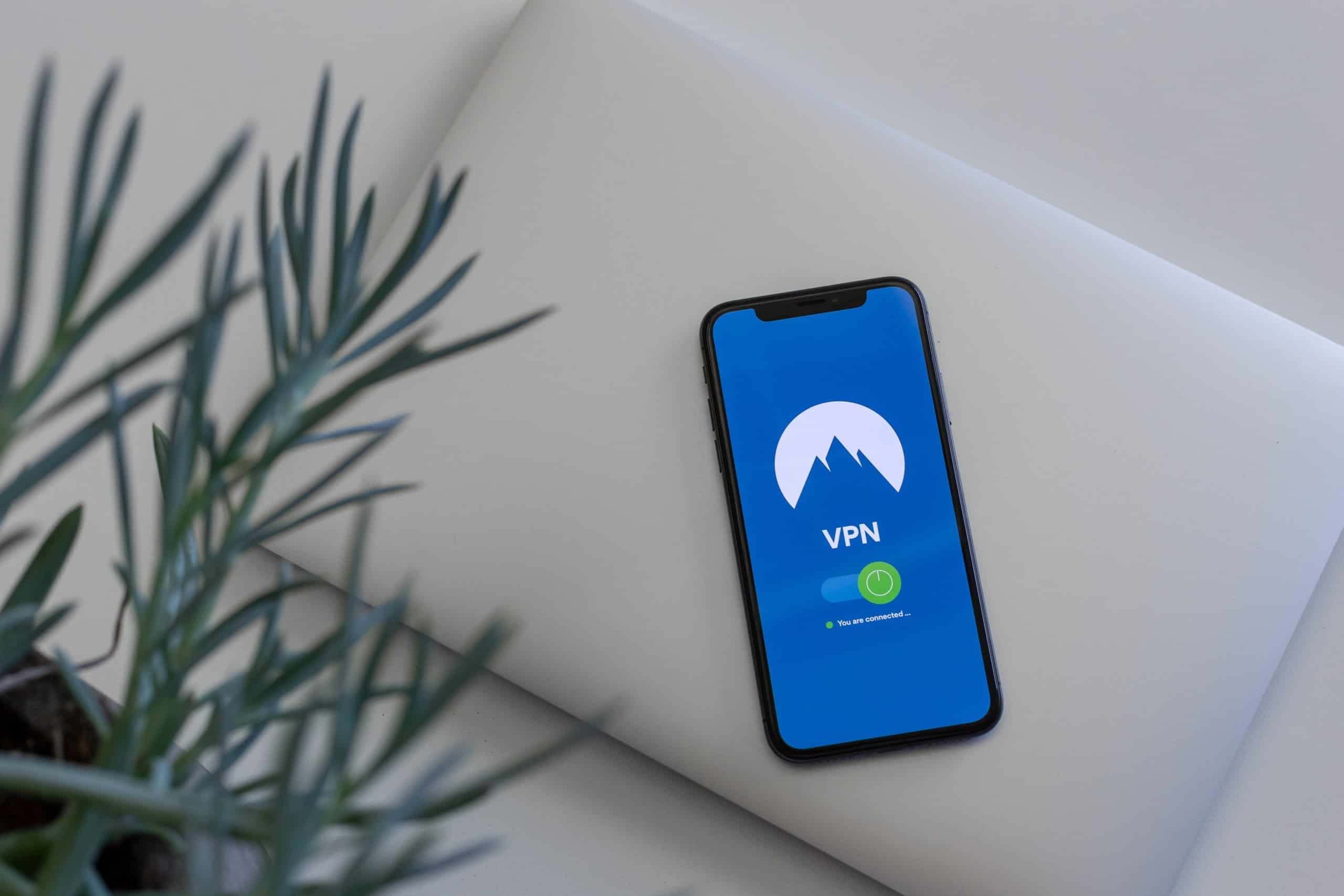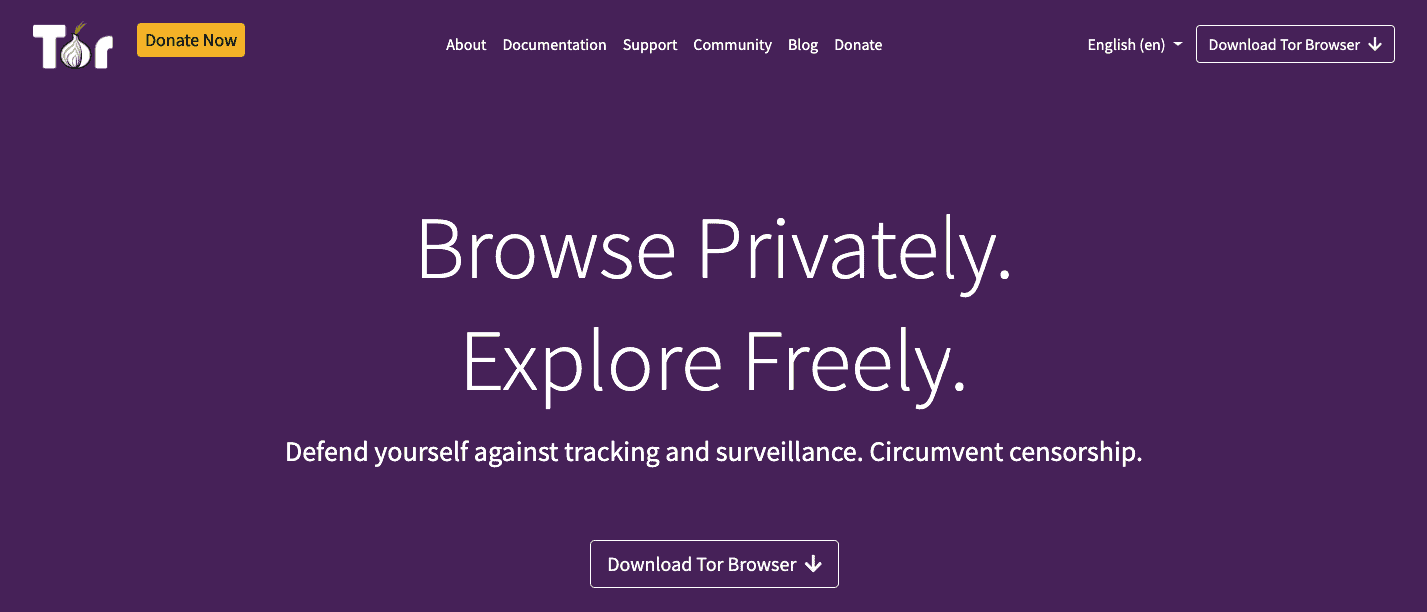It can be quite annoying when you want to access a particular site, only to find that it has either been blocked in your country, or the content is not available in your region. This can be for various reasons:
- The government has banned those websites (implemented through ISPs)
- The specific content hasn’t been licensed for access in your region
- Government censorships
- Work or school network restrictions
Evading censorship is however, a little tricky in cases where the government uses deep packet inspection, but you can check VPNOverview’s guide on how to bypass online censorship.
To unblock website content that’s restricted or banned in your region, you can use a VPN (Virtual Private Network) or a proxy server to mask your IP address. These tools allow you to bypass geo-restrictions and access blocked sites securely and privately.
Here are several methods of accessing blocked sites:
Use a VPN
A VPN (short for Virtual Private Network) is the most useful tool when it comes to bypassing restrictions. It works by encrypting your traffic and then securely tunneling it to your server of choice. This server then masks your IP address and connects you to the internet.

Since you are no longer connecting to the internet through your ISP server, all ISP based restrictions are bypassed. The fact that you have also changed your IP address to a different also helps bypass geo-restrictions and access web pages that are not available in your region. However, if your government bans VPN use, you will need a VPN that is equipped with obfuscation capabilities.
Use Smart DNS
Most ISPs block websites at the DNS level, and so simply changing your DNS may do the trick for you.
If you want to access streaming services that are not available in your region, or you want to change your Netflix library, a Smart DNS is an excellent option to a VPN.
It works by routing the location information contained in your traffic and therefore provides a new virtual location. It, however, does not encrypt your traffic, which can either be a good or a bad thing depending on your needs. This is because your internet speeds won’t be affected, but your data won’t be secured either.
Using Tor
Tor (The Onion Router) is another great alternative for bypassing ISP blocking and even government censorship. The Tor browser connects you to a relay network made of three different nodes exiting in a different country. Through each node, your request is encrypted, and so the exit server doesn’t even know the source.

The browser is popular for accessing the deep/ dark web, which is basically a part of the internet that is not accessible via a regular browser (unless you do a lot of tweaking). However, the Tor network usually has a huge impact on speeds, and so you only need to use it for light browsing.
Use a Proxy or Google Translate
Google Translate is meant for, well, translation, but it can also help you bypass ISP and other local restrictions. To open a blocked website, just open Google Translate and type the address on the translation panel. The website will then act as a proxy and open the site for you. In case it doesn’t work well since it’s in the same language you are using, change the source language.
There are also very many other proxy websites that you can search on Google, and they’ll provide you with access to the site you want. However, if you also need to ensure that your activities are private and anonymous, going for a VPN is the best option.
Captcha proxies are datacenter proxies. The provider either limits the websites they can run on(footlocker, Shopify, etc.)
